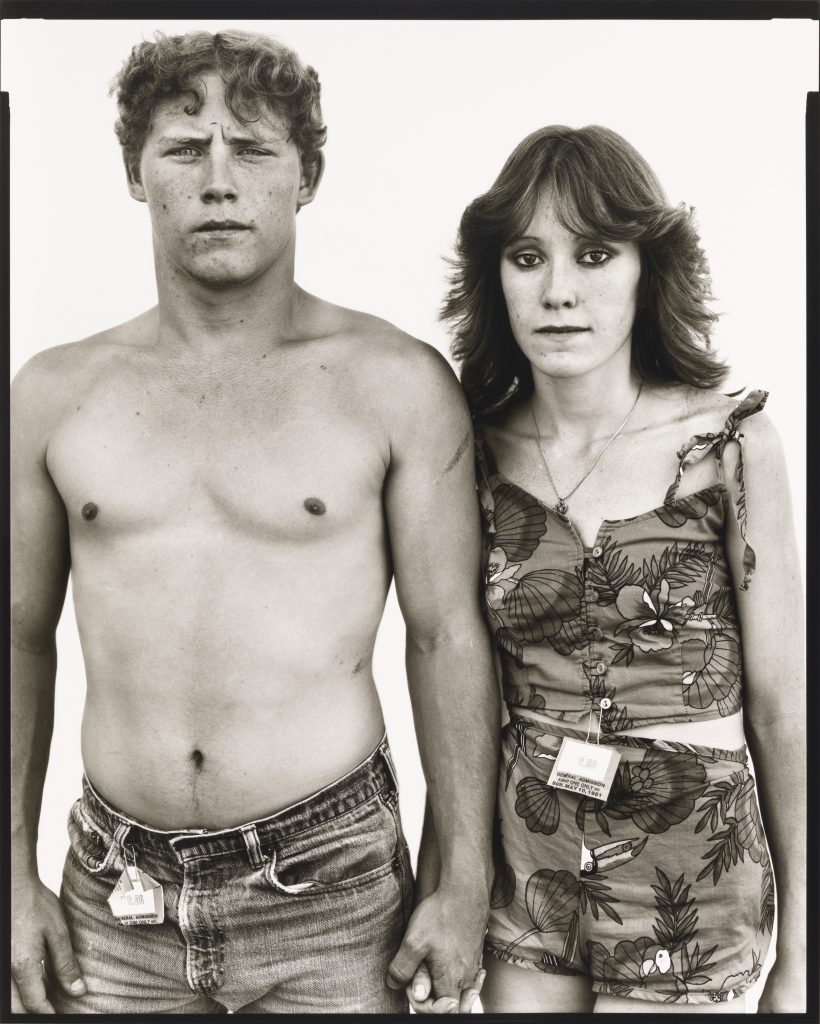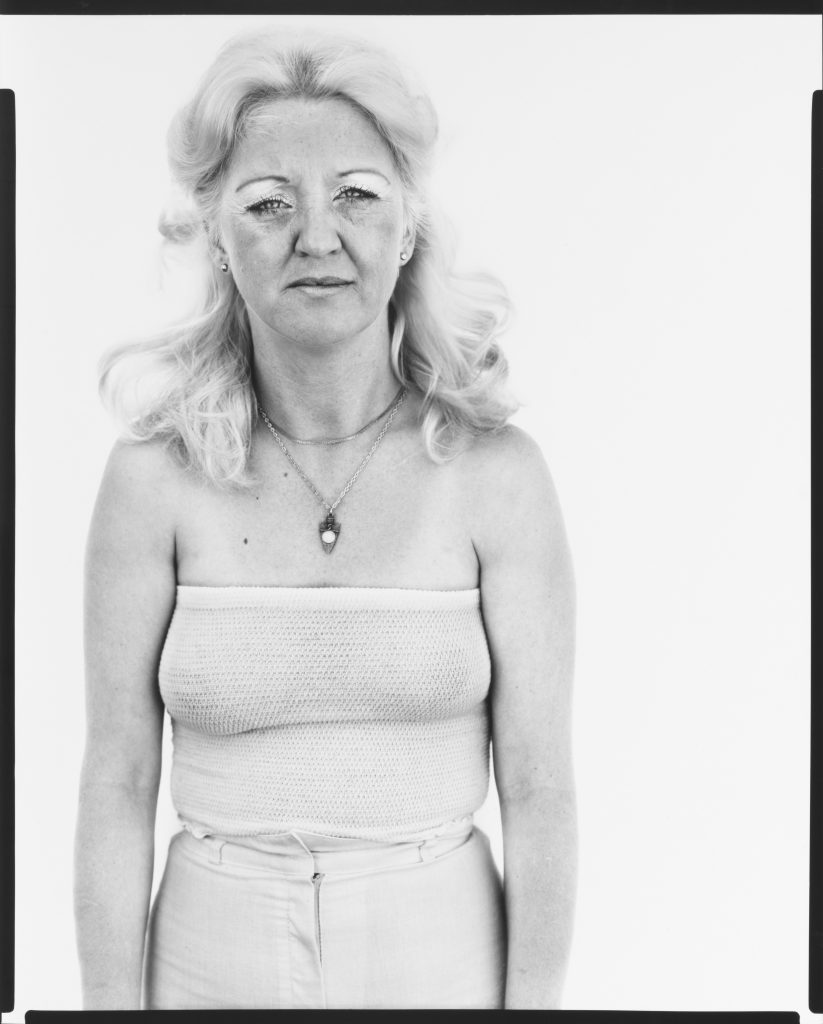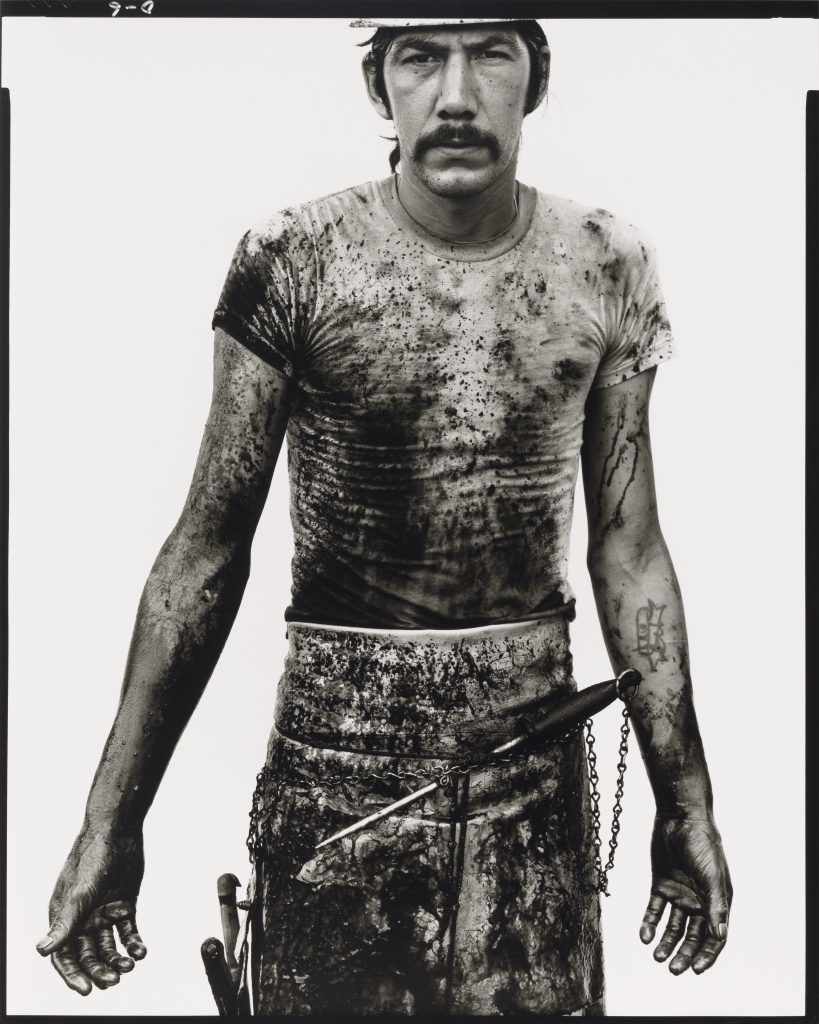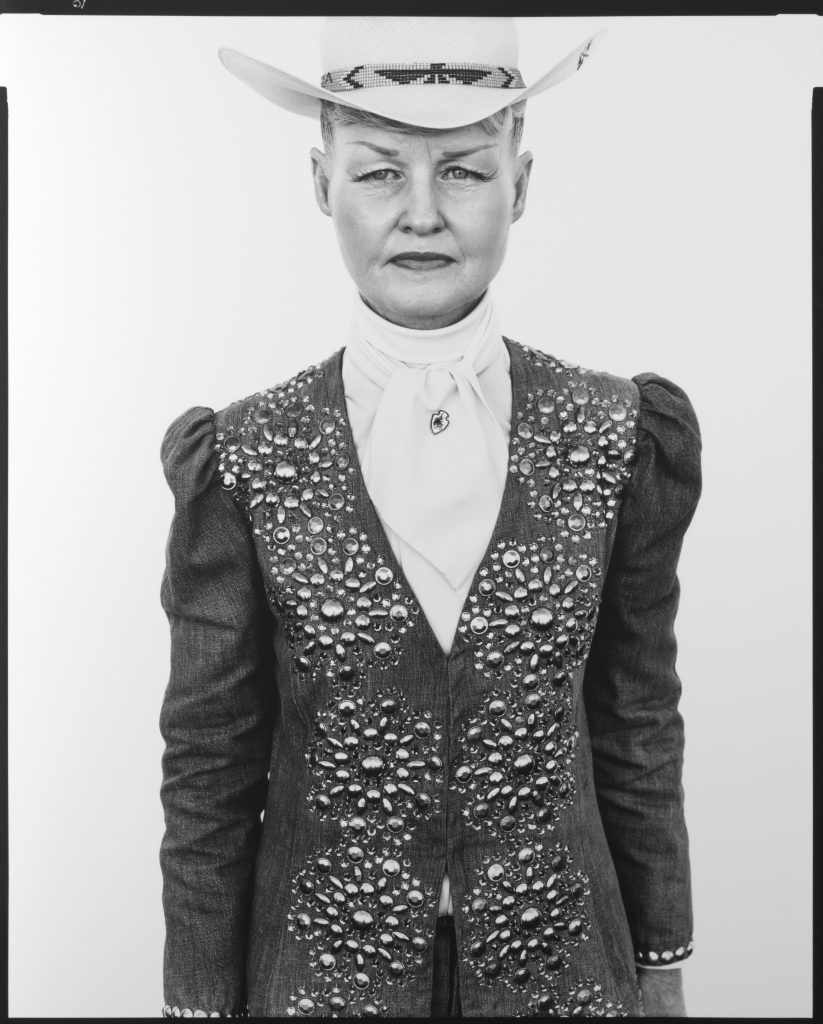Celebrating Richard Avedon’s Centennial
The Amon Carter Museum of American Art (the Carter) presents Avedon’s West, an installation of works from the acclaimed photographer Richard Avedon’s In the American West in celebration of the 100th anniversary of the artist’s birth. The Carter commissioned the landmark body of work in 1979 and will now showcase thirteen of the 124 original photographs, several of which will be on view for the first time since their 1985 premiere. Situated across the Museum’s collection galleries, the thirteen works on view offer new perspectives on Avedon’s groundbreaking portraits and the American West. The Museum-wide installation is on view at the Carter now through October 1, 2023.

“We are excited to take part in the national celebration of Richard Avedon’s 100th birthday and to have the opportunity to highlight this influential project, which our Museum commissioned nearly 45 years ago,” said Andrew J. Walker, Executive Director of the Carter. “Today, Avedon’s In the American West is regarded as a turning point in the photographic canon, challenging conceptions of portraiture and late twentieth-century American life. We are proud to be a part of the history of this monumental project, which is rooted in the Carter’s long-held commitment to working with living artists to tell a broader story of American art.”

Richard Avedon (1923–2004)
Rusty McCrickard, Janitor, Tracey Featherston, Motel Maid, Dixon, California, 5/10/81, 1981
Gelatin silver print
Amon Carter Museum of American Art, Fort Worth, Texas
P1985.28.75
A renowned fashion and portrait photographer, Avedon was intrigued by the American West and interested in depicting the “ordinary, hard-working people” who made the region their home. In 1979, the Carter commissioned Avedon to create a portrait of the region, prompting his six-year journey throughout thirteen states, photographing a range of everyday and often marginalized people in the iconic style he’d formerly applied to portraits of celebrities and politicians. Challenging stereotypes of the American West, he photographed oilfield and slaughterhouse workers, coal miners, students, and service workers—all pictured against a seamless white backdrop, removing visual markers of place and focusing instead on the individuality of each person.

Richard Avedon; Carol Crittendon, Bartender, Butte, Montana, 7/1/81; 1981; Gelatin silver print; Amon Carter Museum of American Art, Fort Worth, Texas; P1985.28.45
“Avedon’s In the American West portraits are a vital part of the Carter’s history and collection,” said Kristen Gaylord, Associate Curator of Photographs. “Showcasing these photographs throughout our collection galleries reinforces their cultural significance, both within our world-class photography collection and within the broader history of American art. I can think of no better way to honor the centennial of one of this country’s most influential photographers.”

Richard Avedon (1923–2004)
Blue Cloud Wright, Slaughterhouse Worker, Omaha, Nebraska, 8/10/79, 1979
Gelatin silver print
Amon Carter Museum of American Art, Fort Worth, Texas
P1985.28.62
This presentation seeks to cultivate new dialogues between Avedon’s photographs and the works on view from the Carter’s collection. From the America as Landscape gallery to the Opulence and the Everyday gallery, Avedon’s portraits are reframed within new narrative contexts, raising questions about persistent preconceptions about life in the American West. Highlights of the works on view in Avedon’s West include:

Richard Avedon; Ruby Mercer, Publicist, Frontier Days, Cheyenne, Wyoming, 7/31/82; 1982; Gelatin silver print; Amon Carter Museum of American Art, Fort Worth, Texas; P1985.28.73
- Ruby Mercer, publicist, Frontier Days, Cheyenne, Wyoming, 7/31/82 (1982)—This portrait is on view in the Modern America gallery, which highlights the explosive growth of technological advances and urban development in the twentieth century, and artists’ responses to these dramatic transformations. Avedon’s portrait of Mercer not only highlights the role of working women in the West, which is often overlooked in antiquated narratives of the region, but her profession as a publicist emphasizes the business of selling the West as a commodity.
- Carol Crittendon, bartender, Butte, Montana, 7/1/81 (1981)—While most western art features male figures such as Euro-American cowboys, In the American West expands the narrative incorporating women more fully into the story of the West. Two photographs of Montanan women, including this portrait, are on view in the Legacy Gallery alongside iconic works by Charles Russell, who lived in Montana for over 40 years, broadening the gallery’s presentation of the American West to include other genders and professions.
- Blue Cloud Wright, slaughterhouse worker, Omaha, Nebraska, 8/10/79 (1979), Avedon’s portrait of Wright is on view in the America as Landscape gallery, a space dedicated to depictions by nineteenth-century artists of the landscapes of what is now the United States. This positioning allows viewers to confront the reality of the slaughterhouse industry in a gallery that probes the relationships between humans, animals, and land in American national identity.
- Rusty McCrickard, janitor, Tracey Featherston, motel maid, Dixon, California, 5/10/81 (1981)—As a photographer who spent his career photographing the powerful and famous, Avedon’s decision to turn his attention toward picturing everyday people in the same monumental style declares their importance and poses questions about class and equality that reverberate today. This portrait, on view in the Opulence and the Everyday gallery, focuses on the artwork that blossomed out of the affluence of the late nineteenth century. The insertion of Avedon’s subjects within the surrounding representations of wealthy socialites further reinforces the artist’s mission to democratize portraiture.
About In the American West
In 1979, the Carter commissioned photographer Richard Avedon to create a portrait of the American West. Intrigued by the challenge, Avedon spent the next six summers, from 1979 to 1984, traveling to 189 towns in thirteen states—Arizona, California, Colorado, Idaho, Iowa, Montana, Nevada, New Mexico, North Dakota, Oklahoma, South Dakota, Texas, and Wyoming—and up into Canada. He conducted 752 sittings of the people he met on his travels, exposing 17,000 sheets of film through his large-format view camera. Each photograph of In the American West is titled with subject’s names, locations, dates, and often an occupation. The resulting 1985 exhibition, In the American West, was widely regarded as a landmark work of portraiture and a definitive expression of the power of photographic art. Two generations later, the 124 photographs of In the American West remain some of the most important and influential portraits of the 20th century, continuing to challenge the stereotypes of the West.


 Sign in
Sign in

